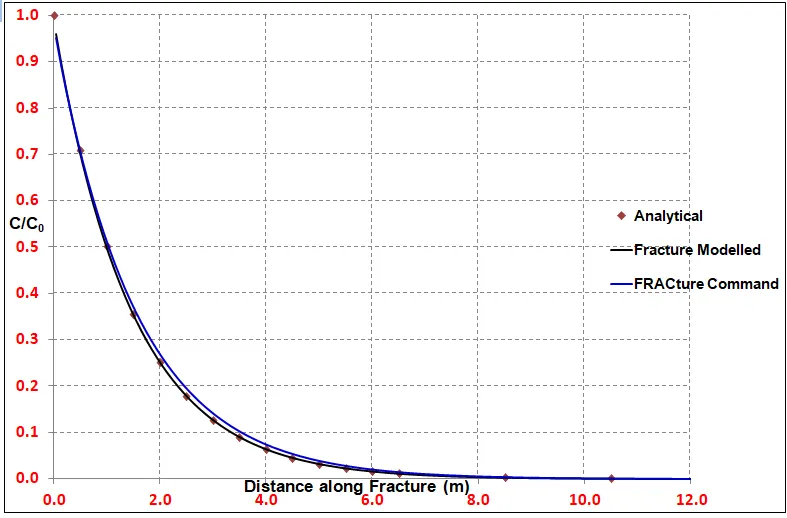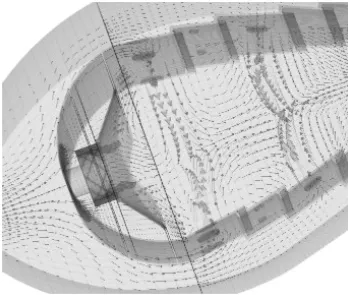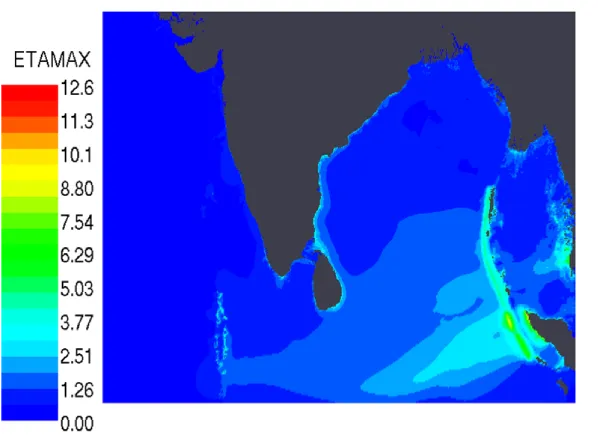
Time Series for Ground Water Pollution in Vadose Zone
A large American company selling agricultural chemicals faced a lawsuit over groundwater pollution. It was alleged that the company colluded with farmers/distributors that improperly “cleaned” barrels of chemical products and dumped, allowing it to seep into the groundwater.

Removal of Methane Gas from Hazardous Waste Disposal Site
This project relates to the remediation (or removal) of methane gas that had accumulated underground due to years of “dumping” and other actions at a U.S. Department of Energy site in Idaho operated by the Idaho National Engineering Lab (INEL).

Accidental Release of Gas from Underground Pipe
This project related to a case study for GDF (Gaz de France), which distributes cooking gas through underground pipes. Occasionally, gas pipes can rupture due to accidental penetration or failure of the pipe metal.

Saline Lens Intrusion in Coastal Aquifer
Saline intrusion commonly affects coastal aquifers, forming a Ghyben-Herzberg Lens where saltwater penetrates underneath the freshwater layer as freshwater recharge decreases. This intrusion can disrupt agricultural activities and contaminate water supplies.

PORFLOW® Modeling Supporting the H-Tank Farm Performance Assessment
The H-Tank Farm at the Savannah River Site stores radioactive waste in a series of underground tanks, with varying levels of submersion relative to the water table—some tanks are above the water table, others are partially submerged, and a few are fully submerged.

Long-term Performance Assessment of the Saltstone Disposal Facility at the Savannah River Site Using PORFLOW®
The Saltstone Disposal Facility (SDF) at the Savannah River Site plays a critical role in managing low-level radioactive waste by encapsulating it in saltstone grout, which is stored in engineered disposal units.

Two Phase Flow: Simulation of Oil Recovery with Water Injection (Japan Vietnamese Petroleum Company)
Some reservoirs exist in crystalline rocks; The JVPC (Japan Vietnamese Petroleum Company) has some such reservoirs. Extracting oil from fractured rock poses severe challenges. One of the main challenges is enhancing recovery through water or gas injection.

Modeling Contaminant Transport in Fractured Porous Media with PORFLOW®
This study addresses the Contaminant Transport in fractured porous media, validated using the analytical solution provided by D.H. Tang, Contaminant Transport in Fractured Porous Media: Analytical Solution for a Single Fracture (1981).

PORFLOW® Testing and Verification
The PORFLOW Testing and Verification document is available for download from the United States Nuclear Regulatory Commission website. Please use the following link to download it:

CFD Modeling of a Gas Turbine Combustor
The goal of this project was to perform detailed computational fluid dynamics (CFD) modeling of a model gas turbine combustor to analyze flow patterns, combustion processes, and key performance factors such as velocity profiles, pressure losses, mass flow splits and temperature distribution.

Computational Fluid Dynamics Modeling of 2004 Tsunami Using TIDAL®
To simulate the tsunami triggered by the December 26, 2004, Sumatra Earthquake and analyze its impact near a nuclear power plant on India's eastern coast. The study aimed to assess wave propagation, runup, and inundation in the region of interest to address the critical threat posed by tsunamis to coastal nuclear plants.